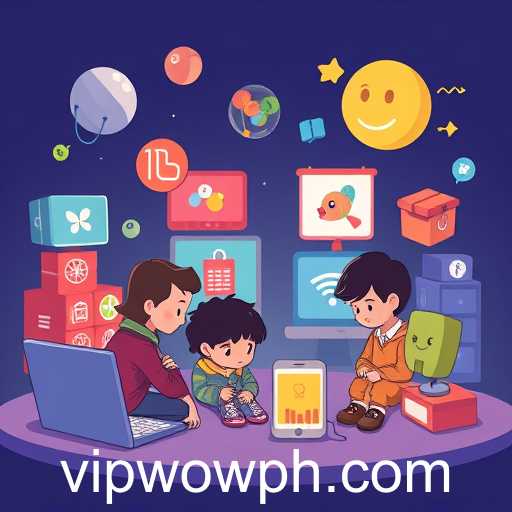Exploring the Wowph category of educational games and their role in modern learning approaches.
In the modern era of education, the integration of technology into learning has become increasingly prevalent. Among the many tools available, educational games have emerged as a compelling method to engage students and enhance their learning experiences. The Wowph category of educational games on various websites exemplifies this trend, offering a diverse array of games designed to make learning both enjoyable and effective.
Educational games within the Wowph category focus on a broad range of subjects, from mathematics and science to language arts and history. These games utilize interactive and entertaining formats to present educational content, ensuring that students remain engaged and motivated. By incorporating elements of play, problem-solving, and reward systems, educational games transform traditional learning activities into compelling experiences that resonate with learners of all ages.
One of the core benefits of educational games, particularly those categorized under Wowph, is their ability to cater to different learning styles. Visual, auditory, and kinesthetic learners can all find games that suit their preferences, making education more accessible and inclusive. Furthermore, these games often incorporate adaptive learning technologies, which tailor the difficulty and pace according to individual learning paces, thereby providing personalized learning experiences.
Moreover, educational games in the Wowph category support the development of critical 21st-century skills. Skills such as critical thinking, collaboration, communication, and creativity are effectively fostered through game-based learning. Students learn to navigate complex scenarios, work collaboratively with peers, and think outside the box to solve problems.
Teachers and educators can also benefit from incorporating Wowph educational games into their curricula. With analytics and tracking features embedded in many games, educators can monitor student progress and easily identify areas where additional support may be needed. This data-driven approach allows for more targeted and effective teaching strategies.
Despite their numerous advantages, educational games are not without challenges. Concerns about screen time, content appropriateness, and the digital divide must be addressed to ensure that all students can benefit equitably from these resources. Additionally, educators must be equipped with adequate training and resources to effectively integrate these games into their teaching methodologies.
In conclusion, the Wowph category of educational games represents a transformative approach to learning. By combining the elements of play with educational content, these games offer a powerful tool for engaging students and enhancing their academic success. As education continues to evolve in the digital age, the role of educational games in shaping the learning landscape will only grow more significant.




